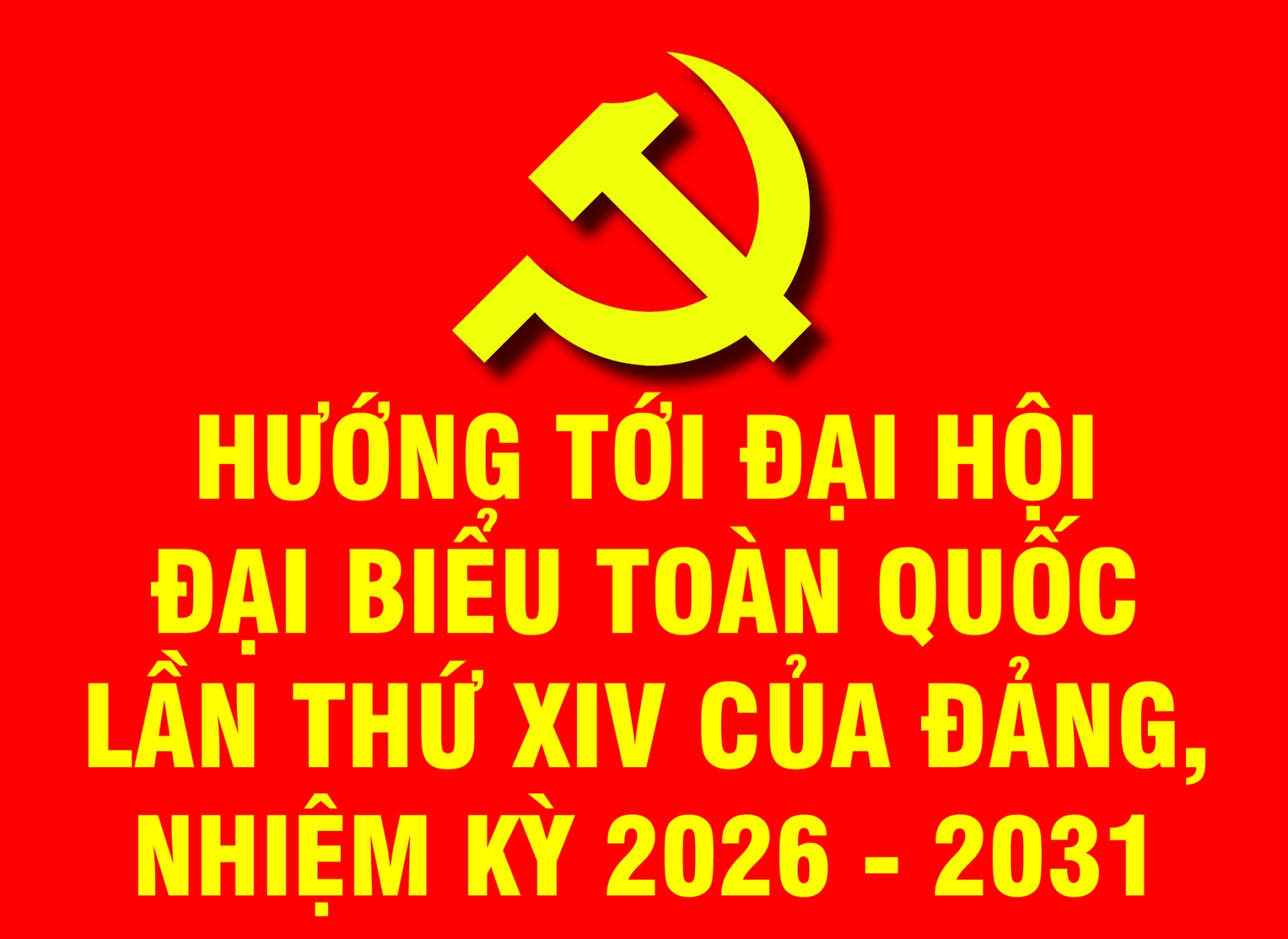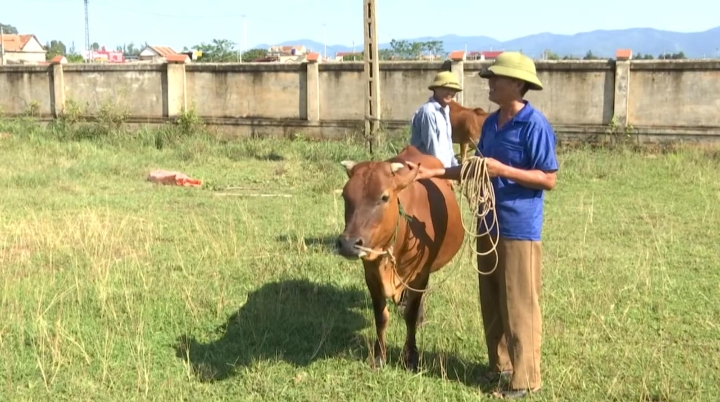On July 12, 2021, Vietnam and the United States celebrated the 25th anniversary of the normalization of diplomatic relations. Along with the strong development of bilateral relations, the coordination between the two countries in overcoming the consequences of toxic chemicals used by the US during the war in Vietnam has also made significant progress. It is the result of a process of both cooperation and struggle to resolve the residual issues to build a better relationship. Regarding this issue, we would like to review key events of this process:
- July 12, 1995, normalization of diplomatic relations between the two countries.
- April 8, 1997, for the first time, Vietnam officially requested the US to coordinate with Vietnam to settle the consequences of toxic chemicals. At a meeting with US Secretary of Treasury, Robert Rubin, in Ho Chi Minh City, General Secretary Do Muoi said: “Along with the POW/MIA issues, Vietnam hopes the two countries will work together to settle the severe consequences of the Agent Orange\".
- March 2000, during his visit to Vietnam, US Secretary of Defense William Cohen announced that the US would cooperate more with Vietnam in studying the consequences of Agent Orange.

Bien hoa
- In June 2000, US Ambassador to Vietnam, Pete Peterson, listened to the Ford-funded survey presented by Hatfield Company, Canada on dioxin residues in the environment of Vietnam. Hatfield revealed that dioxin still remains abundant in hot spots and the health of people living around those areas are still suffering the effect.
- November 17, 2000, US President B. Clinton visited Vietnam and announced that he would allow scientists and agencies of the US Government to coordinate with the Vietnam counterparts to study the effects of Agent Orange.
- November 27 to December 1, 2000, Vietnamese-American scientists met in Singapore to discuss the joint research on the impact of toxic chemicals on human health and the environment. The US side believed that more evidence is needed on the impact of Agent Orange on human health.
- July 4, 2001, Vietnam and the US reached the first official agreement on cooperation research on the effects of Agent Orange.
- March 3 to March 6, 2002, Vietnam - US scientific conference on the effects of Agent Orange/dioxin on human health and the environment was held; 96 scientific reports were presented at the conference (59 reports of international participants, 37 reports from Vietnam) around the topic: Harm of Agent Orange/dioxin on reproductive health, carcinogenic effects; methods to assess the impact of Agent Orange/dioxin on the ecological environment, the persistence of Agent Orange/dioxin in the environment, interventions to clean up and restore the ecological environment.
- March 10, 2002, a Joint Advisory Committee (JAC) was established to supervise the coordination of implementation of research programs on Agent Orange in Vietnam.
- May 2003, the US National Institute of Environmental Health Sciences (NIEHS) agreed with the Ministry of Health of Vietnam to carry out a project to analyze dioxins in the body of 300 women who had children with malformations on the basis of comparison with 300 other women with normal children. The project was scheduled for 3 years, with an annual budget of 1 million USD. However, the project was not implemented as on April 6th, 2005 the US unilaterally canceled it.
- January 30, 2004, the Vietnam Association for Victims of Agent Orange/dioxin (VAVA - established on January 10, 2004) filed a lawsuit against 37 US chemical companies. On March 10, 2005, Jack Weinstein, Chief Justice of the Federal Court in Brooklyn, New York dismissed the lawsuit on the grounds that Agent Orange was not considered a prohibited poison under international law at the time when the United States of America used these chemicals. On April 8, 2005, VAVA filed its lawsuit to the Court of Appeal. On February 22, 2008, the US Court of Appeals in New York rejected VAVA\'s lawsuit. On October 6, 2008, VAVA continued to file a lawsuit with the US Supreme Court. On March 2, 2009, the US Supreme Court rejected VAVA\'s application.
June 5-6, 2006, JAC (established in 2002) had its first meeting. The Vietnamese side proposed to strengthen cooperation between the two sides in environmental cleaning, community agriculture care and scientific research, etc. At the fourth meeting (September 8-10, 2009), the two sides agreed to focus on environmental decontamination in Da Nang - one of 3 hot spots for dioxin residues (along with Bien Hoa and Phu Cat).
- November 17, 2006, US President G. Bush said that the US and Vietnam would further cooperate to solve the problem of environmental poisoning near previous dioxin storage sites which is believed to make a significant contribution to strengthening the relations between the two countries.
- February 2007, the Vietnam-US Dialogue Group on Agent Orange was established. At the end of 2017, the Vietnam-US Dialogue Group on Agent Orange ended its activities.
- May 2007, the US Congress passed Act PL 110-28 allowing the Government to spend 3 million USD to participate in the remediation of dioxin contaminated sites in Vietnam and provide medical assistance to people living near those areas. This is the first official annual budget that has been approved by the National Assembly for the US Government to participate in overcoming the consequences of toxic chemicals in Vietnam.
- From November 21 to December 5, 2010, a VAVA delegation led by the Association\'s President Nguyen Van Rinh visited the US, met a number of US congressmen and officials, including officials from the Department of Mainland Southeast Asia to mobilize and ask the US Government to strengthen coordination with the Vietnamese Government to overcome the consequences of the toxic chemicals used by the US during the war in Vietnam.
- August 9, 2012 the Project \"Remediation of dioxin contaminated environment at Da Nang airport\" was officially started.
- July 25, 2013, President Obama reaffirmed the United States\' commitment to increase support for medical care and other forms of care and assistance for \"people with disabilities of any cause\" in Vietnam. The two sides “expressed satisfaction with the progress of the dioxin decontamination project at Da Nang airport between the United States Agency for International Development (USAID) and the Vietnamese Ministry of National Defense.
- June 2014, USAID in Vietnam invited Vietnam and international NGOs to bid for projects to assist people with disabilities in 6 provinces heavily sprayed with Agent Orange namely Thua Thien Hue, Quang Nam, Binh Dinh, Dong Nai, Binh Phuoc, and Tay Ninh. The total budget for these projects in 5 years (2016-2020) mounts up to over 20 million USD.
- December 8-20, 2015, a VAVA delegation led by President Nguyen Van Rinh visited the US and met a number of senators, congressmen and officials of the US Department of State and USAID to advocate and request the US Government to strengthen coordination with the Government of Vietnam to overcome the consequences of toxic chemicals.
- February 22, 2016, VAVA President Nguyen Van Rinh worked with Mr. Joakim Parker, Director of USAID Vietnam, requesting that USAID cooperate with VAVA to implement a program to support Vietnamese victims of Agent Orange.
- May 3, 2016, Joint Statement of President Tran Dai Quang and President Obama read that: Vietnam welcomes the cooperation of the United States in the successful completion of the first phase and the final implementation of the dioxin decontamination program at Da Nang airport. The United States will work with Vietnam in the dioxin decontamination project at Bien Hoa Airport.
- September 13, 2016, US Ambassador to Vietnam Ted Osius visited and presented gifts to children infected with Agent Orange and met with AO-infected veterans at Friendship Village (Van Canh, Hanoi).
- October 31, 2017, VAVA President Nguyen Van Rinh worked with Mr. Michael Green, Director of USAID Vietnam. Mr. Michael Green introduced the projects in the 5-year program (2016-2020) to support people with disabilities in 6 provinces heavily sprayed with Agent Orange.
- December 11, 2017, the Joint Statement of President Tran Dai Quang and President Donald Trump highly appreciated the US contribution to the successful decontamination of Da Nang airport and welcomed the US commitment to continue contributing to the decontamination at Bien Hoa airport.
- May 11, 2018, USAID signed an Agreement with the Air Defense - Air Force of Vietnam to contribute an estimated $183 million to treat pollution at Bien Hoa airport in the first 5 years. Total budget for the entire process is expected to reach $390 million.
- November 7, 2018, handing over 13.7 hectares of clean land that has been treated at Da Nang Airport to the Ministry of Transport. This is the third and final handover of land.
- April 20, 2019, kick-off the Dioxin Decontamination Project at Bien Hoa airport and the sign the “Memorandum of Intent between Office 701 and the US Agency for International Development on supporting Vietnamese people with disabilities in priority provinces (provinces heavily sprayed with Agent Orange)\". Here, US Ambassador Daniel J. Kritenbrink said: “…if we work together actively, we will bring positive changes to the lives of people with disabilities in Vietnam”.
- December 5, 2019, Groundbreaking Ceremony of the dioxin treatment project at Bien Hoa airport area and the signing the agreement on limited grant aid for the project to support people with disabilities in priority provinces.
- December 2019, USAID Vietnam announced an invitation for bid for projects in the 2nd phase of 2021-2025 period with a total estimated cost of $65 million supporting Vietnamese people with disabilities in eight \"priority\" provinces, namely Quang Tri, Thua Thien-Hue, Quang Nam, Binh Dinh, Kon Tum, Dong Nai, Binh Phuoc, and Tay Ninh.
- January 9, 2020, Mr. Christopher Abrams, Director of the USAID’s Environment and Social Development Office in Vietnam worked with VAVA on the preparation for the implementation of supportive projects for victims of Agent Orange in the 2021-2025 period.








